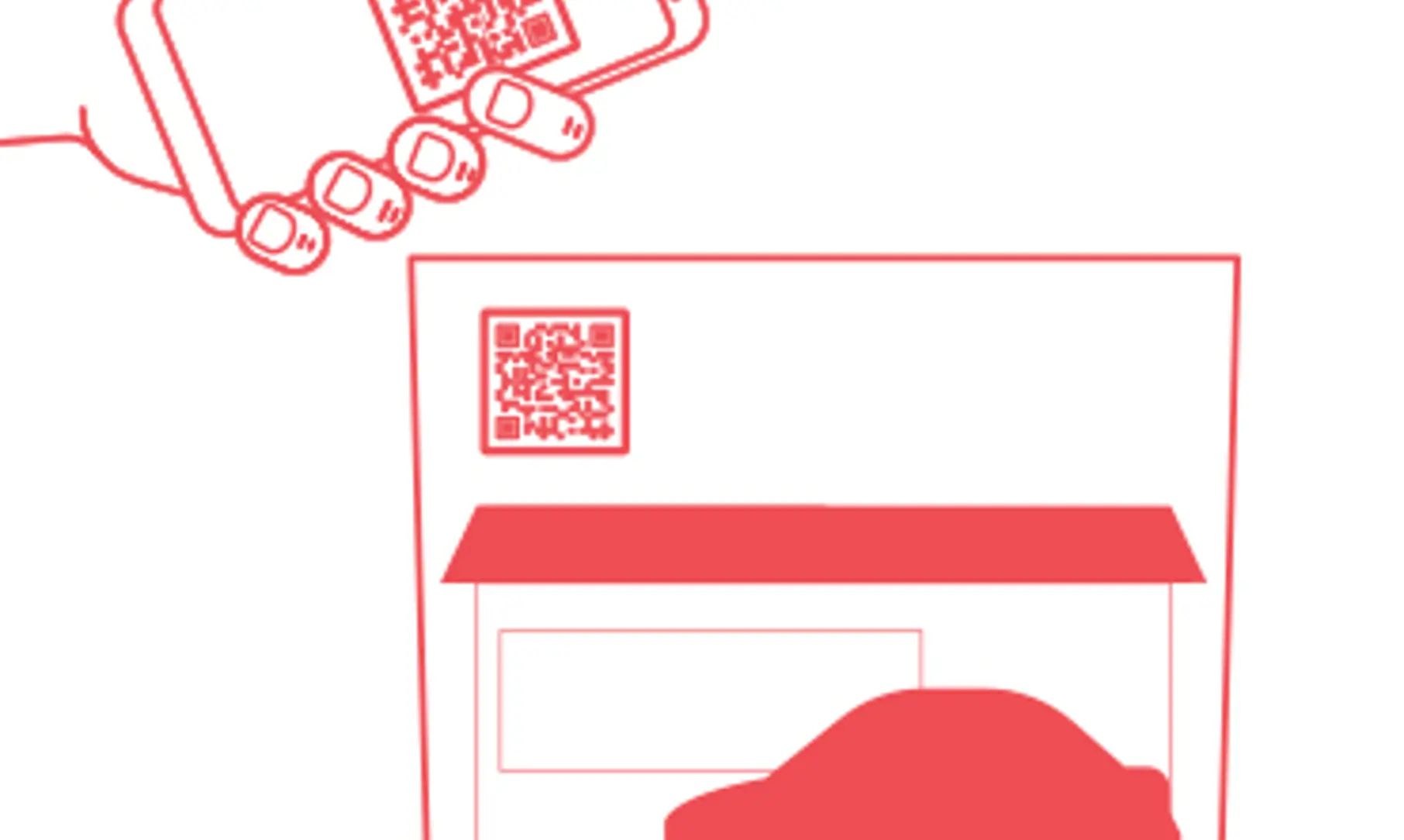Taking engagement to the next level

In part two of our Connect to More series, we highlight brands beyond the food and beverage industry that are unlocking the potential of smart and connected packaging
In part one of our series, we looked at the growing influence of technology on almost every facet of life – giving rise to a new generation of smart and connected packaging. Now, as we dig further into this trend, we’ll look at some of the real-life possibilities connected packaging has to offer – focusing on four companies that are already reaping the rewards.
A new gaming experience
Fans of the hugely popular PlayStation game LittleBigPlanet were treated to an extra adventure by scanning a label on the game case. Using AR technology, the game makers allowed users to play a mini-game on whichever device they used to scan the label. Upon completion, players were invited to enter a competition to win a PlayStation Vita. The initiative was a huge success with the label being scanned over 300,000 times.

For food and beverage producers, this example shows how you can also turn physical products into virtual games and experiences, gamifying packaged products to increase brand interaction and engagement. Entertainment is essential to strengthening the relationship between brand and consumer, with packaging presenting the ideal vehicle to make this happen.
Driving change
To promote its new Fiesta car model, Ford Canada created a custom pop-up folder including a QR code. Once scanned, the code gave people access to the Ford mobile site, including information on showrooms and dealers, details about various incentives, and the ability to request a quote. With this level of control and interaction, Ford was able to build stronger and more authentic relationships with consumers.

This example shows how you can creatively bridge the gap between print and digital to attract consumers. Because creative packaging can be just as important within the connected pack experience as a digital interface. Secondary packaging could be a great solution, for example, using in-store displays or online delivery boxes to let consumers further interact with your products.
Personalised hair care
German hair brand Indola launched three styling products in NFC-enabled packaging. By scanning the NFC tag to a smart device, hair stylists can instantly access product information, “how-to” videos – delivered by expert stylists – and link to an Instagram feed designed to inspire. These connected products were launched in 35 countries, becoming one of the largest ever NFC pilots to enter the beauty care market.

By applying the same thinking to your products, you can make them a gateway to a world of information. One where consumers can learn more about the products themselves in addition to accessing video content, gaining inspiration and, even, hearing from celebrity ambassadors. Enabling you to maximise engagement while gathering hugely valuable market data.
Welcome to the jungle
To promote the film Jumanji on DVD, Sony Pictures worked with social media app Snapchat to place Snapcodes on DVD cases. Using AR technology to make the cases come “alive” so that viewers could “enter” an animated jungle and even play a small game. An additional Snapcode was placed inside the casing to let fans “meet” characters, with the initiative marking the first use of Snapcodes in home entertainment packaging.

This case shows how you can extend the brand or product experience for consumers. For example, allowing people to scan labels on a carton pack to see all the ingredients “pop” up in front of them. Or, perhaps, by letting consumers test their knowledge with a small quiz, thereby stirring up interest and curiosity, and helping create an emotional connection – resulting in brand loyalty.
Looking at all these great ideas, how else can food and beverage producers get more creative and adventurous with their own products? As seen in part one of this series, the industry is becoming more and more aware of the need to provide products that offer consumers a higher level of transparency and product information. On top of this, brands and producers are seeking new ways to better reach, understand and engage with their audiences.
Don’t miss part three in our series when we’ll look at the different ways food and beverage producers are benefiting from connected packaging. How have they been able to improve consumer engagement and increase the overall product experience? Can such packaging be adopted across the entire industry, and what can we expect to see in the future? We’ll also look at how our connected pack solution PAC.ENGAGE is ready to help you reach and grow your audience like never before.
Want the entire Connect to More series sent straight to your inbox? Subscribe to the SIGnals Update, our exclusive bi-weekly newsletter.
- tháng 7 16, 2020
